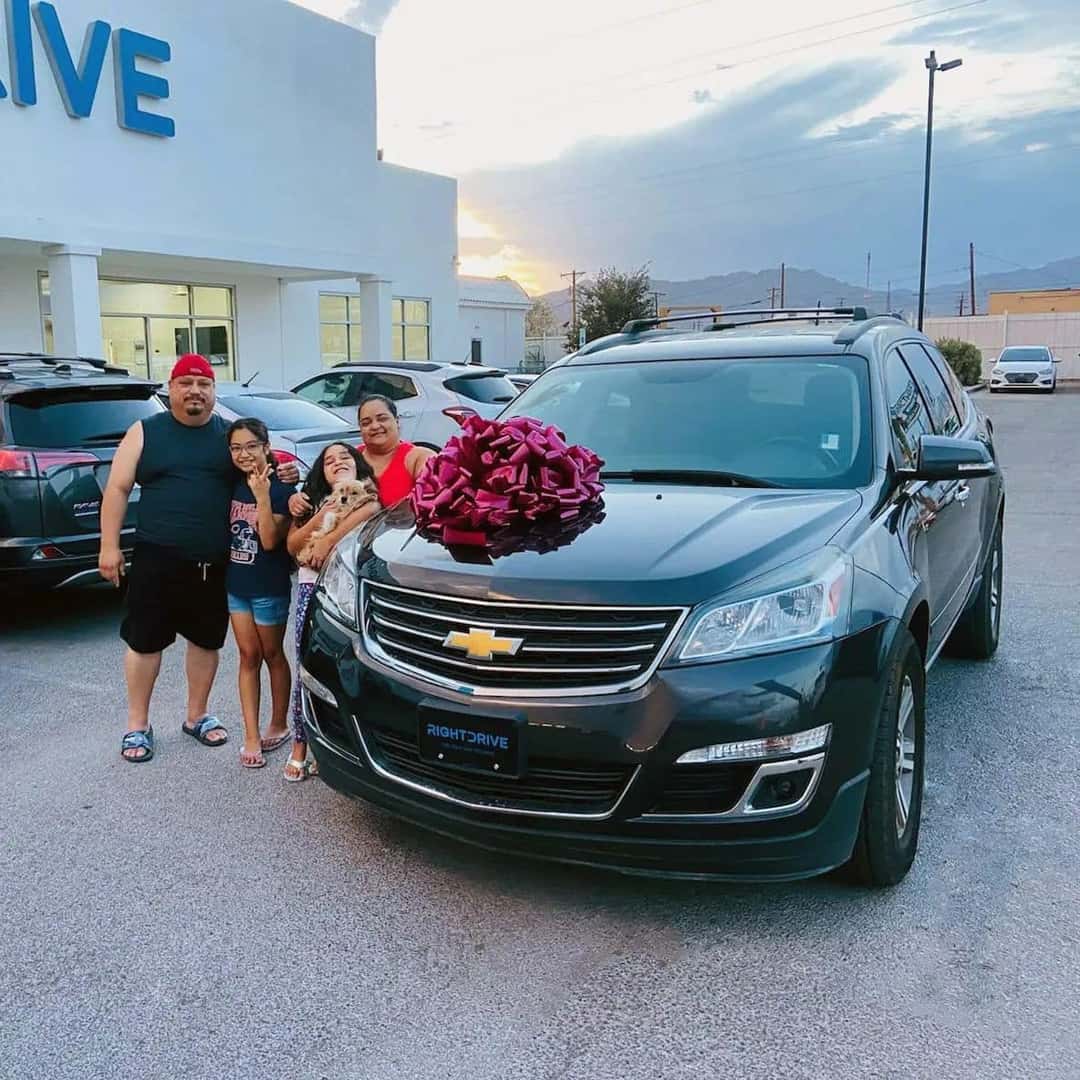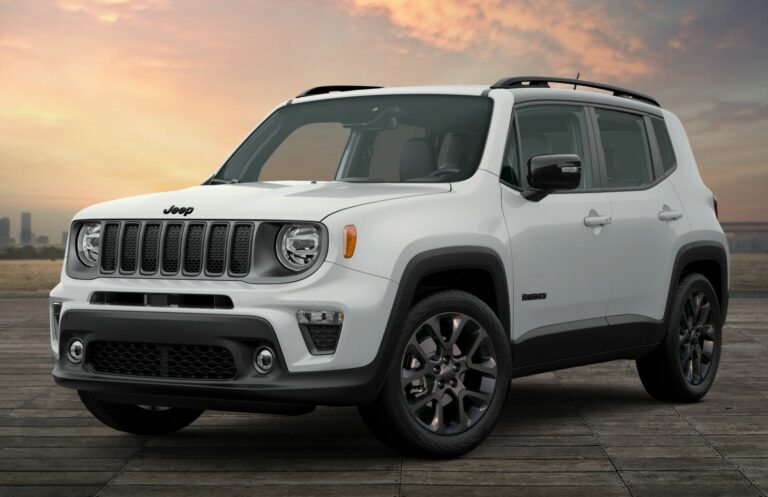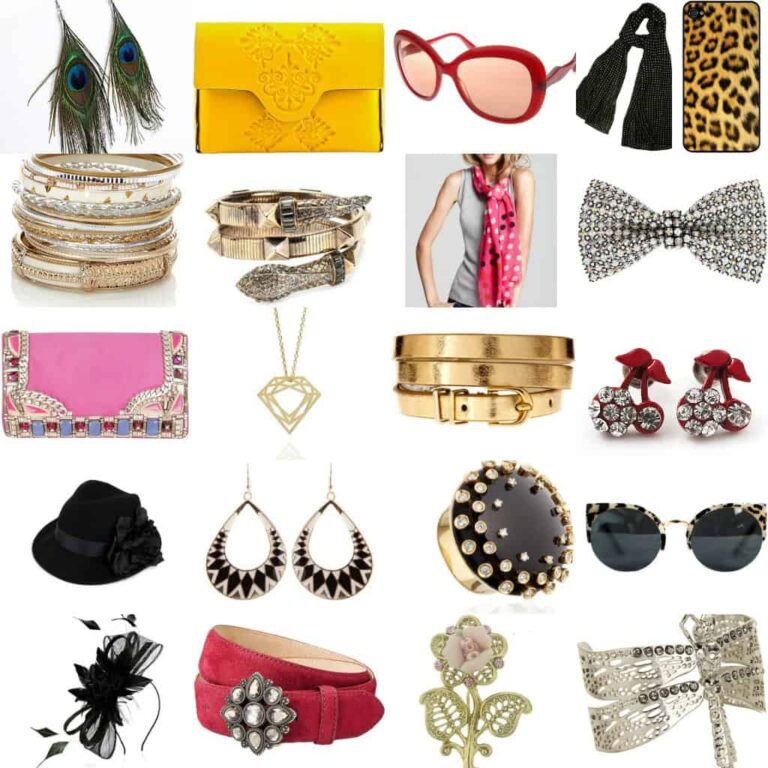Used Jeep Wrangler Rims For Sale: Your Ultimate Guide to Smart Upgrades
Used Jeep Wrangler Rims For Sale: Your Ultimate Guide to Smart Upgrades /jeeps.truckstrend.com
The iconic Jeep Wrangler, a symbol of adventure and rugged capability, often serves as a canvas for personalization. One of the most impactful upgrades or replacements for any Wrangler owner is its wheels. While brand-new rims can be a significant investment, the market for Used Jeep Wrangler Rims For Sale offers a compelling alternative, providing an affordable and sustainable path to customize your ride, replace damaged wheels, or prepare for different terrains.
This comprehensive guide will delve into everything you need to know about navigating the world of used Wrangler rims, from understanding specifications to successful purchasing strategies. Whether you’re looking to enhance your Wrangler’s aesthetic, improve off-road performance, or simply replace a worn-out set, the used market holds a wealth of opportunities.
Used Jeep Wrangler Rims For Sale: Your Ultimate Guide to Smart Upgrades
Why Consider Used Jeep Wrangler Rims?
Opting for used rims is not just about saving money; it’s a smart decision with several benefits:
- Cost-Effectiveness: This is the most obvious advantage. Used rims can be purchased for a fraction of the cost of new ones, freeing up budget for other modifications or simply saving you money.
- Variety and Uniqueness: The used market is a treasure trove of styles, including discontinued designs or specific OEM wheels that are no longer produced. This allows for greater customization and the chance to find a truly unique look for your Wrangler.
- Sustainability: Reusing auto parts reduces waste and lessens the environmental impact associated with manufacturing new components. It’s an eco-conscious choice.
- Immediate Availability: Unlike ordering new rims that might have lead times, used rims are often available for immediate pickup or shipping, allowing for quicker upgrades.
- Off-Roading Benefits: Many off-road enthusiasts prefer used rims for trail use, as cosmetic damage is less concerning, and the initial investment is lower if a wheel gets damaged on a challenging trail.
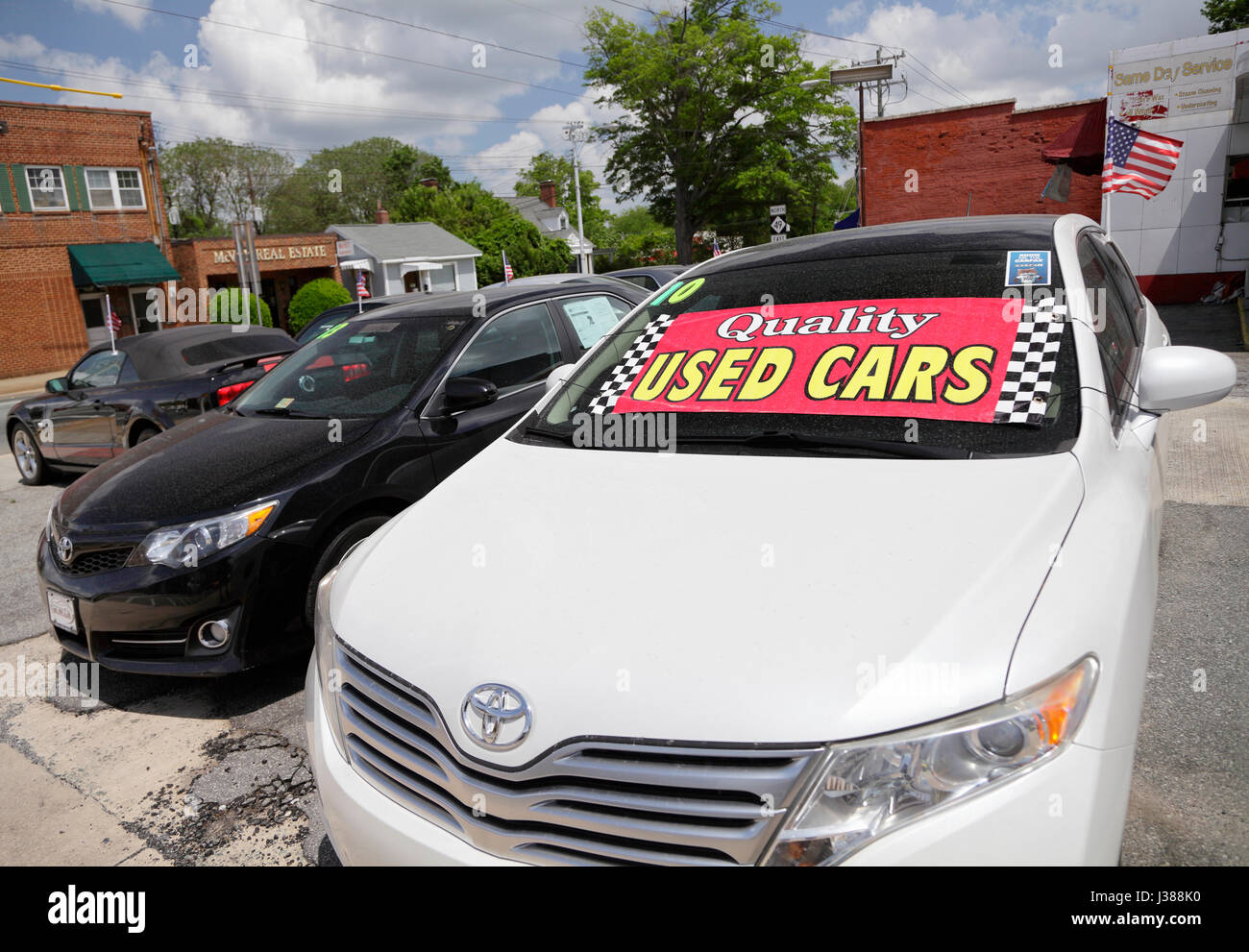
Understanding Jeep Wrangler Rim Specifications
Before you even start browsing, it’s crucial to understand the key specifications that dictate whether a rim will fit your specific Wrangler model. Incorrect fitment can lead to rubbing, poor handling, or even safety issues.
- Bolt Pattern: This is perhaps the most critical specification. It refers to the number of lug holes and the diameter of the circle they form.

- Jeep Wrangler YJ/TJ (1987-2006): Typically use a 5×4.5 (or 5×114.3mm) bolt pattern.
- Jeep Wrangler JK (2007-2018): Uses a 5×5 (or 5x127mm) bolt pattern.
- Jeep Wrangler JL (2018-Present) & Gladiator JT: Also use a 5×5 (5x127mm) bolt pattern.
- Important: JK/JL/JT rims will NOT fit YJ/TJ models without adapters, and vice-versa.
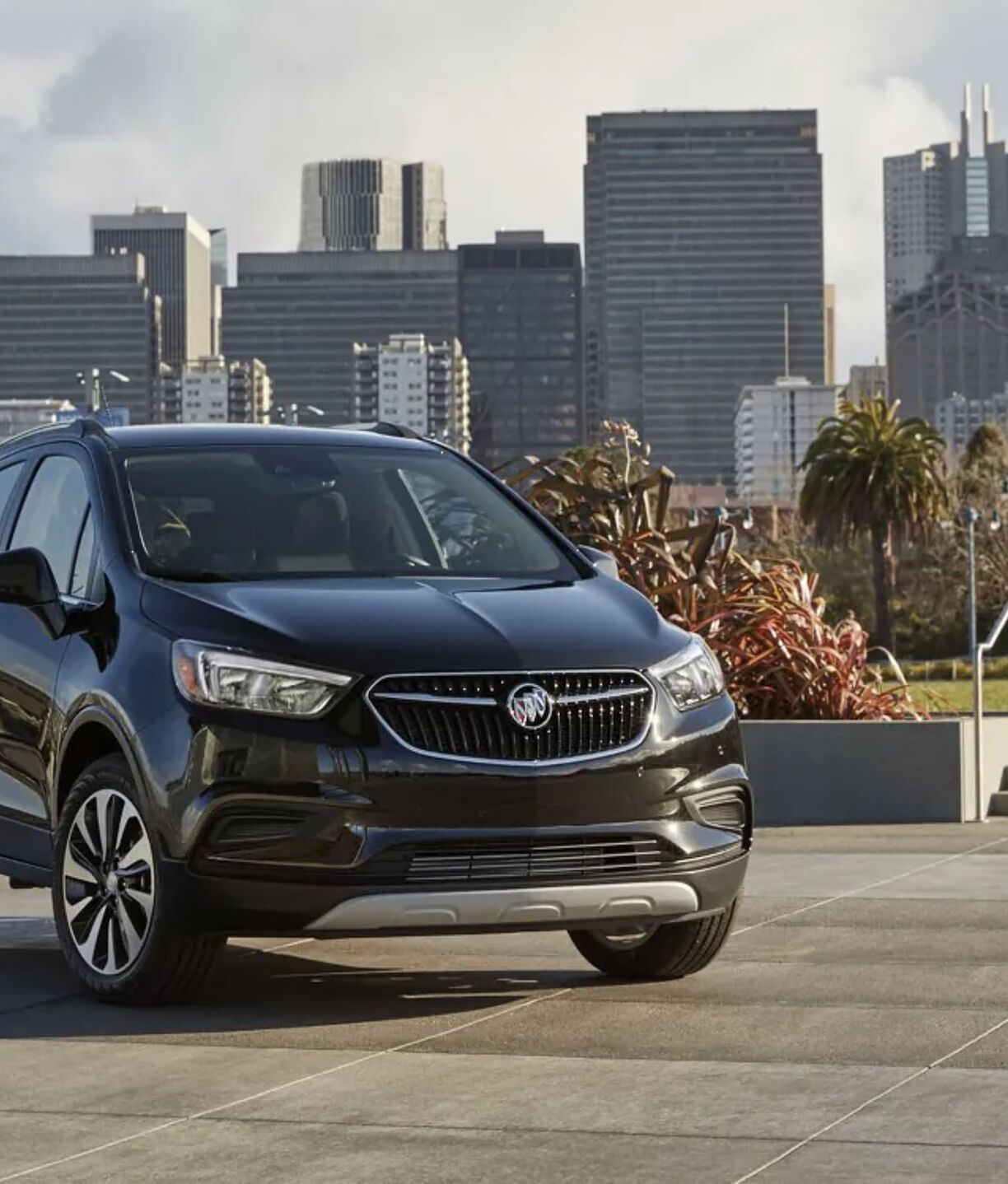
- Diameter (Size): Measured in inches (e.g., 15-inch, 17-inch, 20-inch). This needs to match your tire’s inner diameter. Larger diameters often mean less sidewall, which can be less ideal for serious off-roading but offer a more modern look.
- Width: Also measured in inches (e.g., 7-inch, 8.5-inch, 9-inch). The rim width must be compatible with the width of your chosen tires for proper bead seating and optimal performance.
- Backspacing and Offset: These terms describe how far the wheel sits inward or outward relative to the mounting surface.
- Offset: The distance from the wheel’s mounting surface to the centerline of the wheel. A positive offset pushes the wheel inward, negative pushes it outward.
- Backspacing: The distance from the mounting surface to the back edge of the wheel.
- For Wranglers, particularly when running larger tires, specific backspacing/offset is crucial to prevent rubbing against suspension components or fender flares. Many off-road enthusiasts prefer lower backspacing (more negative offset) to push the wheels out, improving stability and allowing for wider tires.
Types of Used Jeep Wrangler Rims You Might Find
The used market offers a diverse range of rim types:
- OEM (Original Equipment Manufacturer) Rims: These are the factory wheels that came standard on various Wrangler models. They are known for their durability and exact fitment. Many owners upgrade from these, making them readily available and often affordable, especially if you’re replacing a damaged factory wheel or want a stock look.
- Aftermarket Rims: This category is vast, encompassing thousands of designs from numerous brands.
- Material:
- Steel Rims: Heavier and more basic in appearance, but incredibly durable, often cheaper, and easier to repair (bend back) on the trail.
- Alloy Rims: Lighter, offer better heat dissipation for brakes, and come in a myriad of intricate designs and finishes. They are more prone to cracking on impact but generally offer better ride quality due to reduced unsprung weight.
- Finish: Common finishes include black (matte, gloss, satin), chrome, polished, machined, and various custom powder coats.
- Design: From classic five-spoke designs to beadlock-capable wheels (for extreme off-roading), the options are endless.
- Material:
Where to Find Used Jeep Wrangler Rims For Sale
Knowing where to look is half the battle when searching for used rims:
- Online Marketplaces:
- Facebook Marketplace: Excellent for local deals, often with photos and direct messaging with sellers.
- Craigslist: Similar to Facebook, good for local pickup, but be wary of scams.
- eBay: Wider reach, often includes shipping options, but prices might be higher due to fees and shipping costs. Look for "local pickup only" options for better deals.
- Dedicated Automotive Parts Websites: Sites like Car-Part.com (for salvage yards) or even forums that have classified sections.
- Jeep Forums and Off-Road Community Groups: Many online Jeep forums (e.g., JK-Forum, JLWranglerForums, WranglerForum) have "For Sale" sections where enthusiasts sell their old parts. These are often reliable sellers who know their products. Local Facebook groups dedicated to Jeeps or off-roading are also great resources.
- Local Tire Shops and Off-Road Accessory Stores: Some shops take trade-ins or have used sets available from customers who upgraded. It’s worth calling around.
- Salvage Yards/Junkyards: While more of a gamble, you might find incredibly cheap OEM rims here. Inspection is absolutely critical in this scenario.
- Word-of-Mouth: Let your fellow Jeepers know you’re looking. Someone in your club or social circle might be upgrading soon.
How to Inspect Used Jeep Wrangler Rims Before Buying
Thorough inspection is paramount to avoid purchasing damaged or unusable rims. Always try to inspect in person if possible.
-
Visual Inspection for Damage:
- Cracks: Look for hairline cracks, especially around the lug holes, spoke junctions, and the rim lip. Cracks are usually deal-breakers.
- Bends/Dents: Spin the wheel to check for obvious wobbles or flat spots. A bent rim can cause vibrations and tire balancing issues. Check the inner and outer lips for dents, often caused by impacts with potholes or rocks.
- Curb Rash: Scratches and gouges on the outer edge of the rim from hitting curbs. Minor curb rash is usually cosmetic and can be repaired or ignored, but deep gouges might indicate structural weakness.
- Scratches/Paint Chips: Assess the overall cosmetic condition. Minor scratches are common and expected with used rims.
- Corrosion/Pitting: Especially on chrome or polished rims, look for signs of rust or significant pitting, which can be difficult to remove.
-
Lug Nut Holes: Check if they are rounded out or elongated. This indicates improper tightening or stripped threads, which can compromise safety.
-
Valve Stem Area: Inspect for corrosion or damage that could lead to air leaks.
-
Tire Bead Seating Area: The inner lip where the tire seals should be smooth and free of significant corrosion or damage.
-
Ask Questions:
- Why are they selling them?
- Were they ever involved in an accident?
- Do they know of any bends or balancing issues?
- How many miles were put on them?
- Were they ever used for off-roading? (Expect more cosmetic wear if so).
Important Considerations Before Purchase
- Compatibility is King: Re-verify the bolt pattern, diameter, width, and especially the backspacing/offset for your specific Wrangler model and desired tire size. Consult online forums or a reputable tire shop if unsure.
- Condition vs. Price: A great deal on a severely damaged rim isn’t a deal at all. Factor in potential repair costs (if repairable) when evaluating the price.
- Quantity: Do you need a set of four, or five (to match your spare)? Many sellers offer sets of five, which is ideal for a full-size matching spare.
- Tire Compatibility: Ensure the used rims are suitable for the tires you plan to mount on them. Your tire professional can advise on this.
- Installation: Consider if you’ll install them yourself (requires proper tools like a torque wrench) or have a professional shop do it.
Tips for a Successful Purchase
- Do Your Homework: Research current market prices for new and used rims of the type you’re looking for to gauge fair pricing.
- Be Patient: The perfect set might not appear overnight. Don’t rush into a purchase.
- Negotiate Respectfully: Most sellers expect some negotiation. Start with a reasonable offer below the asking price.
- Get Clear Photos/Videos: If buying remotely, request high-resolution photos from multiple angles, especially of any claimed damage. Ask for a video of the seller spinning the wheel to check for obvious wobbles.
- Meet Safely: If meeting in person, choose a public, well-lit location. Bring a friend.
- Trust Your Gut: If something feels off, walk away. There will always be other rims available.
Potential Challenges and Solutions
- Challenge: Finding a Full Matching Set: Often, sellers will have only four rims.
- Solution: Expand your search radius, be patient, or consider buying a fifth new rim if the model is still available.
- Challenge: Hidden Damage: Visual inspection might miss a slight bend.
- Solution: If possible, have the seller meet you at a tire shop where they can quickly mount the rim on a balancer. Many shops will do a quick check for a small fee or even free if you’re a potential customer.
- Challenge: Mismatched Bolt Patterns: Accidentally buying rims that don’t fit.
- Solution: Double-check your Wrangler’s bolt pattern and the seller’s stated bolt pattern multiple times before arranging a meet-up. Bring a tape measure to verify if unsure.
- Challenge: Scams: Fake listings, requests for pre-payment without seeing the item.
- Solution: Never pay for an item you haven’t seen in person (unless through a reputable, buyer-protected platform like eBay). Avoid wire transfers or unusual payment methods.
Representative Used Jeep Wrangler Rim Price Guide (Per Set of 4-5 Rims)
Please note: These are estimated price ranges and can vary significantly based on location, seller, specific brand/model, condition, and market demand.
| Rim Type | Condition | Estimated Price Range (USD) | Notes |
|---|---|---|---|
| OEM Steel Wheels | Good | $100 – $300 | Basic black/silver steel, often take-offs from base models. |
| Very Good | $200 – $400 | Well-maintained, minimal rust/scratches. | |
| OEM Alloy Wheels | Good | $300 – $600 | Factory aluminum wheels, may have some curb rash or clear coat issues. |
| Very Good | $500 – $900 | Excellent condition, often take-offs from Rubicon/Sahara models. | |
| Aftermarket Steel | Good | $200 – $500 | Aftermarket designs (e.g., D-window), may have scratches. |
| Very Good | $400 – $700 | Clean, minimal damage. | |
| Aftermarket Alloy | Good | $500 – $1000 | Popular brands (Fuel, Method, KMC), some cosmetic wear. |
| Very Good | $800 – $1500+ | Near-new condition, high-end brands, or unique finishes. | |
| Beadlock Capable | Good | $700 – $1200 | Used, may have trail rash, functional but not pristine. |
| Very Good | $1000 – $2000+ | Minimal use, well-maintained. |
Prices typically refer to a set of 4 or 5 rims. Individual rims might be cheaper but less common to find.
Frequently Asked Questions (FAQ)
Q1: Will rims from a Jeep JK fit my TJ?
A1: No, generally not without adapters. JK/JL Wranglers use a 5×5 (5x127mm) bolt pattern, while TJ/YJ Wranglers use a 5×4.5 (5×114.3mm) bolt pattern. Adapters can be used, but they add complexity and can push the wheels out further.
Q2: How do I find my Wrangler’s bolt pattern and other rim specs?
A2: Check your owner’s manual, look for a sticker inside your driver’s side door jamb, or search online databases (e.g., wheel-size.com) using your specific Wrangler year and model.
Q3: Is minor curb rash a deal-breaker on used rims?
A3: For most people, minor curb rash is purely cosmetic and not a deal-breaker, especially if the price is right. It can often be touched up or ignored, particularly if the rims are for off-road use. Deep gouges or cracks, however, are a different story and should be avoided.
Q4: Should I buy used rims with or without tires mounted?
A4: Buying rims without tires allows for a more thorough inspection of the rim’s inner and outer lips and bead seating area. If tires are mounted, it’s harder to spot damage. If buying with tires, ensure the tires themselves are in good condition and worth the extra cost.
Q5: What’s the difference between backspacing and offset, and why are they important?
A5: Offset is the distance from the wheel’s mounting surface to its centerline. Backspacing is the distance from the mounting surface to the wheel’s rear edge. Both dictate how far the wheel sits inward or outward. They are crucial for tire clearance – too much positive offset/backspacing can cause tires to rub on suspension, while too much negative offset/backspacing can cause tires to stick out too far, potentially rubbing fender flares or being illegal in some areas. For larger tires on a Wrangler, a lower backspacing (typically around 3.5-4.75 inches for 17-inch wheels, depending on lift and tire size) is often preferred to prevent rubbing.
Q6: Can I use different size rims front and back on my Wrangler?
A6: For 4×4 vehicles, it is strongly advised to use the same size (diameter, width) rims and tires on all four corners, including the spare. Differing sizes can cause stress and damage to the drivetrain, especially when engaging 4-wheel drive.
Conclusion
The market for Used Jeep Wrangler Rims For Sale presents a fantastic opportunity for customization, replacement, and savings. By understanding the critical specifications, knowing where to search, and diligently inspecting potential purchases, you can confidently navigate this market. While challenges exist, the rewards of finding the perfect set of rims at a fraction of the cost make the effort well worthwhile. Armed with this knowledge, you’re now ready to embark on your search and give your beloved Wrangler the fresh look or functional upgrade it deserves, all while being a savvy and responsible consumer. Happy Jeeping!
